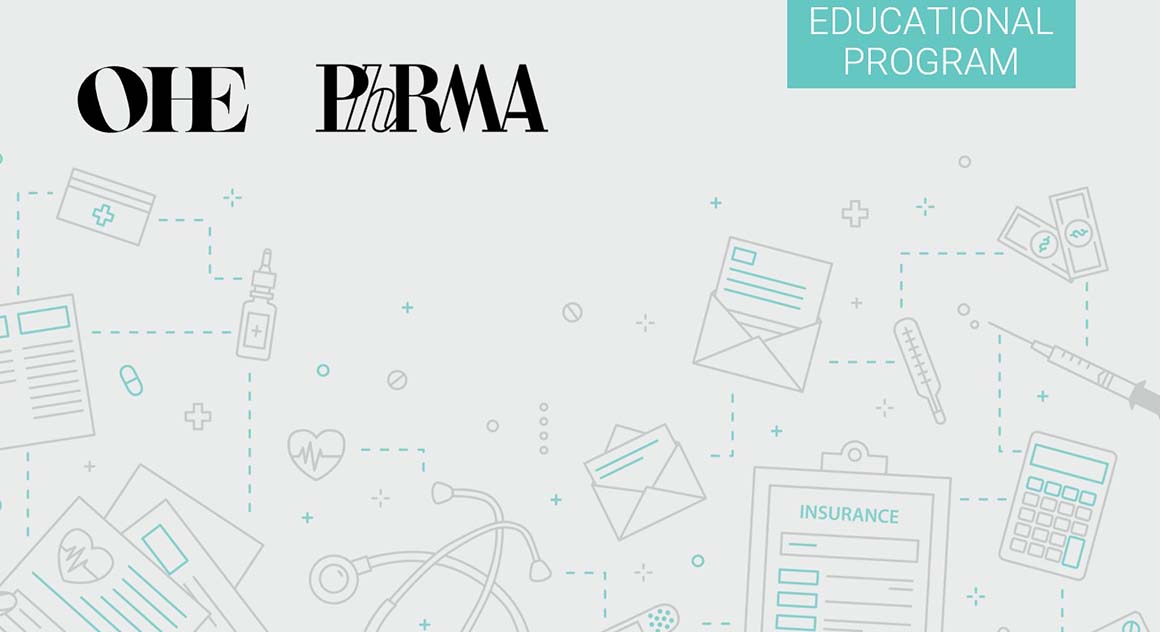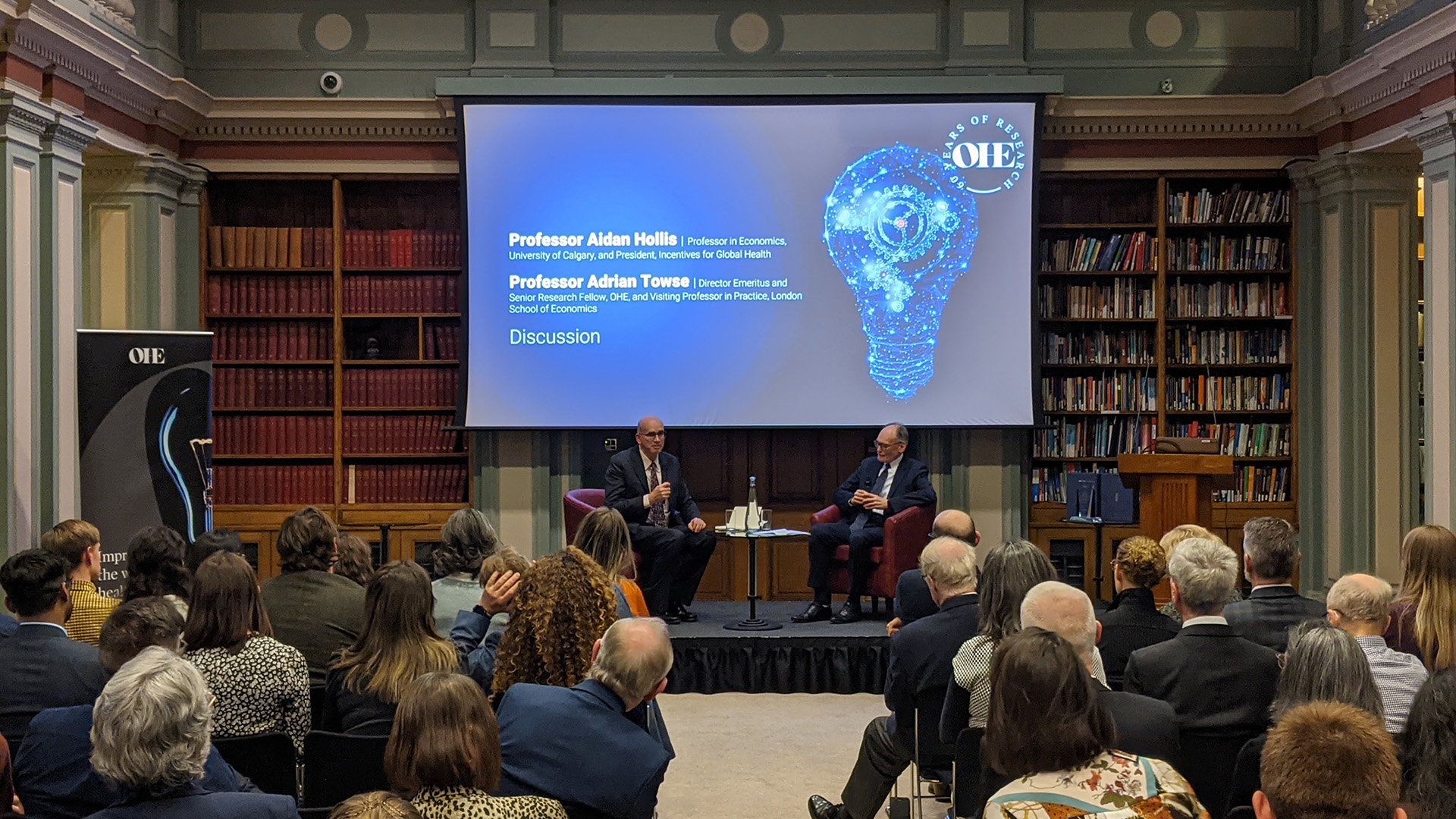Sign up to our newsletter Subscribe
Analysing Global Immunisation Expenditure

Sign up to our newsletter Subscribe


Most patients in middle and low income countries (MLICs) lack insurance coverage and so pay out of pocket for prescription medicines; pricing commensurate with income thus becomes critical to access to drugs. In this paper, the authors examine what determines…

Most patients in middle and low income countries (MLICs) lack insurance coverage and so pay out of pocket for prescription medicines; pricing commensurate with income thus becomes critical to access to drugs. In this paper, the authors examine what determines the prices that manufacturers charge for originator and generic drugs across countries at all income levels.
Most patients in middle and low income countries (MLICs) lack insurance coverage and so pay out of pocket for prescription medicines; pricing commensurate with income thus becomes critical to access to drugs. In this paper, the authors examine what determines the prices that manufacturers charge for originator and generic drugs across countries at all income levels. More detailed evidence is presented for MLICs, focusing on the effects of average per capita income (PCI), income disparities within countries, and the number and type of competitor products. The study separately examines drugs to treat HIV/AIDS, TB and malaria, comparing what manufacturers charge retail pharmacies to what they charge large NGO purchasers, such as the Global Fund and the Clinton Foundation. These NGOs purchase only from ‘qualified suppliers’, using a bidding process (‘tendering’) to stimulate price competition.
Findings include that uneven income distribution within MLICs means that prices are comparatively high relative to PCI. In addition, competition appears to be imperfect in that the entry of additional generics leads to only small price reductions; the entry of additional originator competitors has no effect on prices. The authors suggest that a key issue is the quality of generics available in MLICs; since this often is uncertain, competition is based on brand rather than on price.
In contrast, for the products purchased by large NGOs, originator and generic prices are reduced by 44 and 28 percent, respectively. An additional generic competitor in the tendering process reduces prices by 3.21 percent, almost four times than of an additional generic in the retail setting. The authors suggest that this is because (1) compared to the retail channel, the quality of generics is far less in doubt, allowing competition on price, not brand and (2) the procurement process attracts multinational generic suppliers that have scale and other cost and quality advantages relative to the local branded generics that dominate the retail channel. The authors acknowledge that they only examine three categories of drugs, but note that their analysis of prices for entire anti-infective and cardiovascular disease classes reveals similarly modest, or even negative, effects of income and competition.
The authors argue that the evidence on the whole suggests that uneven income distribution and the uncertain quality of generics in many MLICs have a negative impact on competition and make pricing based on PCI difficult at best. Encouraging generics of uncertain quality, moreover, has limited benefit in retail channels. A protected procurement channel with informed buyers that require minimum quality standards, encourage generic price competition and target drugs to low income subgroups can in theory achieve a within-country pricing structure that provides drugs at lower prices to targeted poor populations than would be possible in the retail sector. An important question for future research, according to the authors, is whether public hospitals, targeted insurance programs or other mechanisms might serve as such a protected channel for a broad range of drugs in at least some MLICs is. More generally, finding better mechanisms to enable differential pricing between and within low and middle income countries is an important challenge for firms and policymakers.
Access Danzon, P., Mulcahy, A.W. and Towse, A. (2011) Pharmaceutical pricing in emerging markets: Effects of income, competition and procurement. NBER Working Paper No. 17174. Cambridge, MA: National Bureau of Economic Research.
An error has occurred, please try again later.
This website uses cookies so that we can provide you with the best user experience possible. Cookie information is stored in your browser and performs functions such as recognising you when you return to our website and helping our team to understand which sections of the website you find most interesting and useful.
Strictly Necessary Cookie should be enabled at all times so that we can save your preferences for cookie settings.
If you disable this cookie, we will not be able to save your preferences. This means that every time you visit this website you will need to enable or disable cookies again.
This website uses Google Analytics to collect anonymous information such as the number of visitors to the site, and the most popular pages.
Keeping this cookie enabled helps us to improve our website.
Please enable Strictly Necessary Cookies first so that we can save your preferences!


